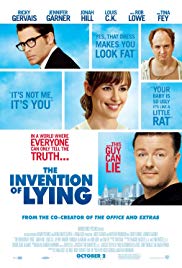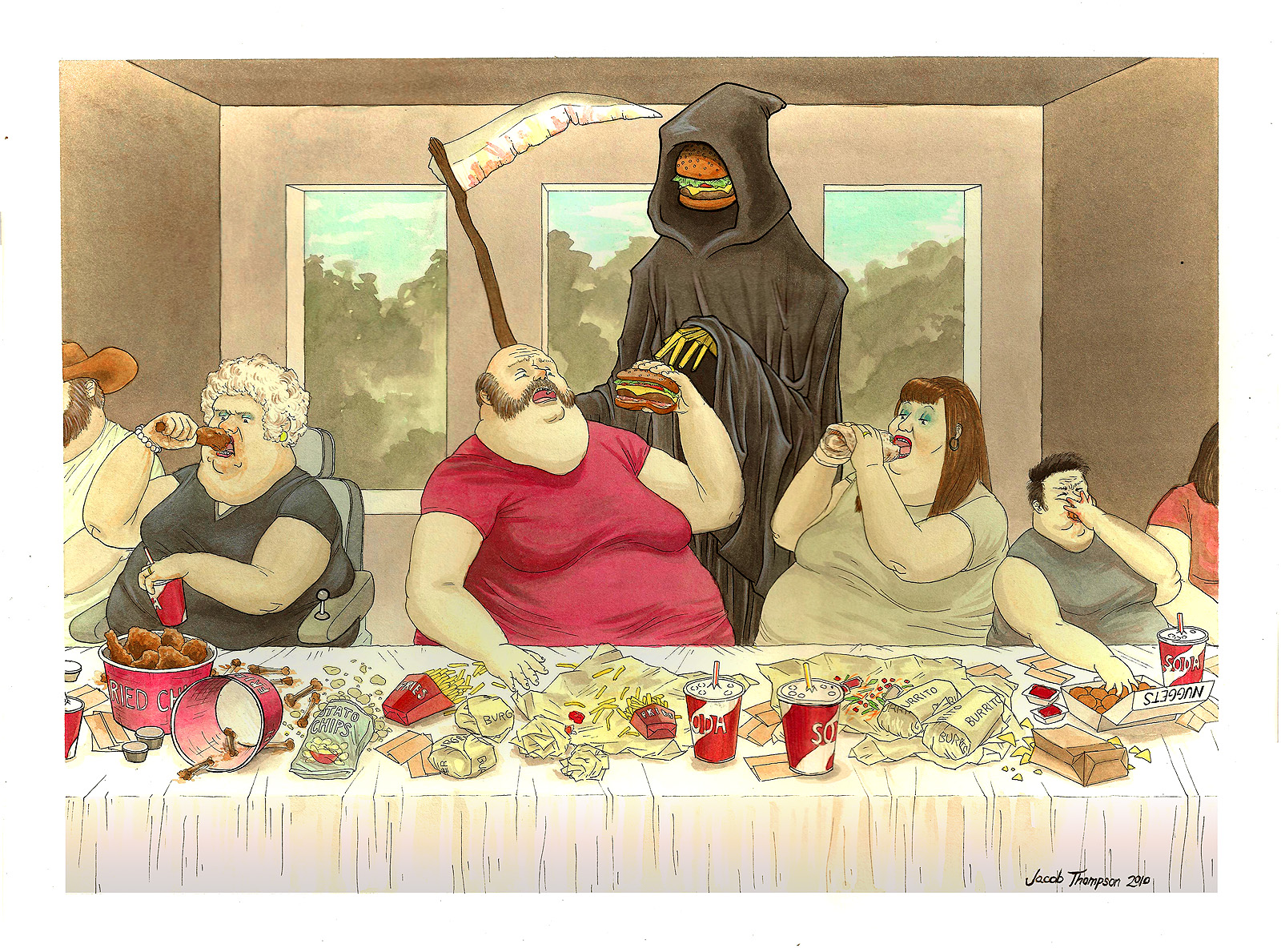After the film has been watched, engage the class in a discussion about the movie.
1. In a world in which everyone believes everything you say without question, what would you do? Would you tell “white lies” to avoid hurt feelings? Would you lie about anything important?
Suggested Response:
There is no one correct response.
2. When Anna interrupted her wedding asked Mark to tell her what the man in the sky wanted her to do, why wouldn’t Mark tell her? After all, she would have believed him without question.
Suggested Response:
He didn’t want her to choose to marry him based on a lie. The marriage would have felt false all his life.
3. In what ways does Mark misuse his power to lie?
Suggested Response:
To steal money from banks and casinos and to make up stories that he sells as the literal truth. It can also be argued that in making up a religion based on “the man in the sky,” Mark was abusing his power. On the other hand, he thought he was just trying to make people feel better about their lives and deaths. Otherwise, Mark was pretty good about not using his power to lie to his own advantage or to hurt people.
4. Ask students the point behind each of the following “Only in America” jokes. One is not an example of social satire. Ask students to identify it.
Only in America:
- are parking lots sometimes larger than the buildings they serve;
- do people think they are watching their weight by ordering a double cheeseburger, large fries, and a diet Coke;
- do Creationists insist that the pharmaceutical drugs they use first be tested on monkeys and chimps because they are “so much like human beings”;
- is the sport called football played almost entirely without the players’ feet touching the ball;
- do people argue that human life is so sacred that abortion justifies capital punishment;
- do people value equality so much that they think discrimination should be used to create it;
- are academic institutions known more for their athletes than their scholars;
- do the terms “evil-doer” and “do-gooder” both have negative characterizations;
Suggested response:
The following are good explanations, students or teachers may think of others: (1) American life is dominated, too often, by needs of people who drive cars; (2) this mocks self-delusion; (3) this mocks hypocrisy, specifically, Creationists who accept the determinations of modern science about the genetic similarities between humans and chimps but deny the Theory of Evolution; (4) this is not social satire; pointing out the illogice in the naming of a sport has no moral point; (5) this mocks fanaticism, specifically, showing how core values can be betrayed by a fanatical outlook; (6) shows how an ends justify the means approach can lead to a betrayal of core principles; (7) points out how institutions in society stray from their intended purpose, even institutions that are intended to be repositories of wisdom; (8) points out that there is a part of us that resists change for the better, the change that the so-called “do-gooders” are trying to promote.
5. Identify a work of social satire that the class has read or watched and ask students to identify the values sought to be promoted in that work.
6. What is Mark trying to do when he tells Anna, just before her date with Brad Kessler, that the rule from the “man in the sky” is that she should not have sex before marriage? Why does this turn out to be so funny?
Suggested Response:
She has come to give him a present of birthday sex, but since they are not married and he has just told her about the new rule, she cannot go through with the present. This is funny because there is an “incongruity between what is expected and what occurs.” Mark doesn’t’ expect Anna to offer to have sex with him and only wants to stop her from having sex with Brad Kessler. It turns out that he stops her from having sex with him as well.




